
Have you ever seen the colorful phenomenon that occurs when light hits minerals? It's a beautiful sight worth seeing, isn't it? You've probably seen it before, but what is it called? This beautiful display of color is called iridescence. But what exactly is iridescence?
It is the most spectacular sight in the world, a kaleidoscopic display of luminescence that shimmers one moment and sparkles the next. I don't just mean waterfalls: no, I'm talking about iridescence.
The most amazing colors in the rocks of the world are those found in iridized minerals. These colorful gems are prized by rockhounds. The natural process causes stains trapped within a rock, whether it's quartz or calcite. That's why most collectors call any gem with iridescent colors a rainbow gemstone.
In this post, we will explore more about iridescence and a list of some iridescent rocks around known to man!
In the mineral world, iridescence is a phenomenon of thin film interference


When you see an iridescent mineral, you see the light interacting with the surface of a crystal. The color is not in the mineral itself but rather a result of light hitting tiny layers of atoms on the surface of the mineral and reflecting back to your eye.
A good example is mica, which displays colors like blue, green, gold, and red depending on how it's angled to reflect light. Mica does not have any pigments that produce color; instead, it creates colors through thin film interference—a phenomenon that occurs when two flat surfaces with closely spaced parallel grooves create patterns when light hits them.
These patterns are caused by changing refractive index (how much something bends light) at each groove's ridges as they reflect different wavelengths off their surface (in this case, blue versus green).
The color is not actually in the mineral, but results from light interacting with the mineral surface at microscopic levels.

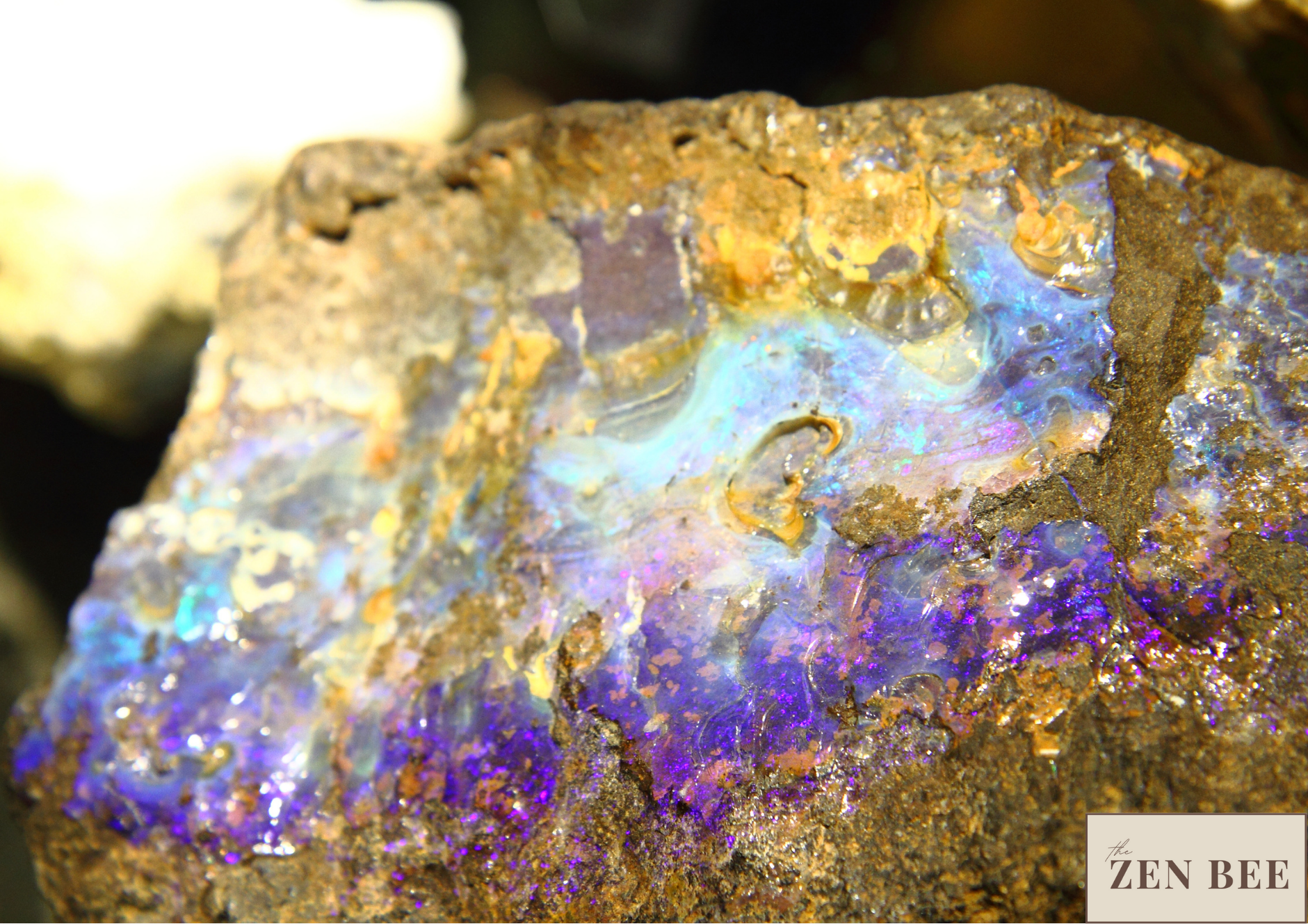
The colors you see in iridescent rocks are not actually in the mineral but a result of light interacting with the mineral surface at microscopic levels. Iridescence occurs when sunlight bounces off thin layers of atoms altered by heat or pressure. This causes interference, which means that some colors are absorbed while others are reflected back to your eyes.
The colors depend on the thickness and type of alteration layer on top of the main mineral structure. For example, blues will be seen if the nanometer-sized aluminum oxide is on top of a silicate rock such as olivine. Or, yellow-green will be seen if there is nanometer-sized rutile titanium dioxide on top of a silicate rock like olivine;
Iridescence occurs when light enters the surface of a mineral and bounces between two or more layers of the lattice.


In iridescence, light enters the surface of a mineral and bounces between two or more layers of the lattice. It's an optical phenomenon that occurs in nearly all minerals but is most often seen in quartz and opal.
Iridescence can be either structural or chemical in nature. Structural iridescence occurs when light enters the surface of a crystal structure and then bounces back into it before being reflected back to your eyes—creating its rainbow-like effect.
Chemical iridescence occurs when light interacts with atoms on a mineral's surface to cause them to vibrate, which alters their color depending on how fast they move back and forth (ultraviolet radiation causes this effect).
Different types of iridescence
Labradorescence
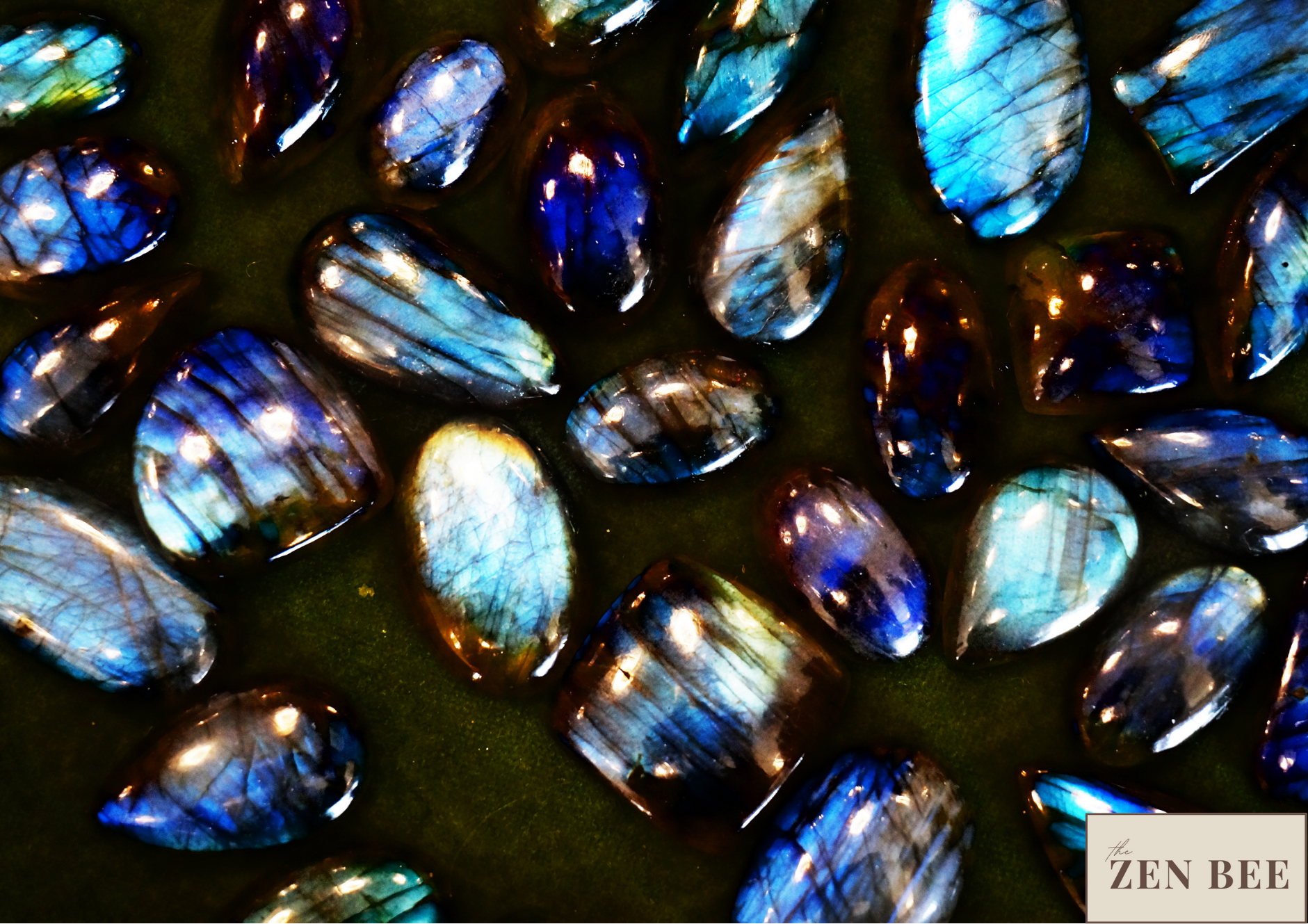
Labradorescence is an optical phenomenon observed in the feldspars labradorite and spectrolite (a Labradorite found in Finland). Interference on the margins of lamellar twin planes, which are common in feldspars, is the root cause of this phenomenon. Because of this one-of-a-kind sheen quality, many pieces of labradorite are carved.
Adularescence
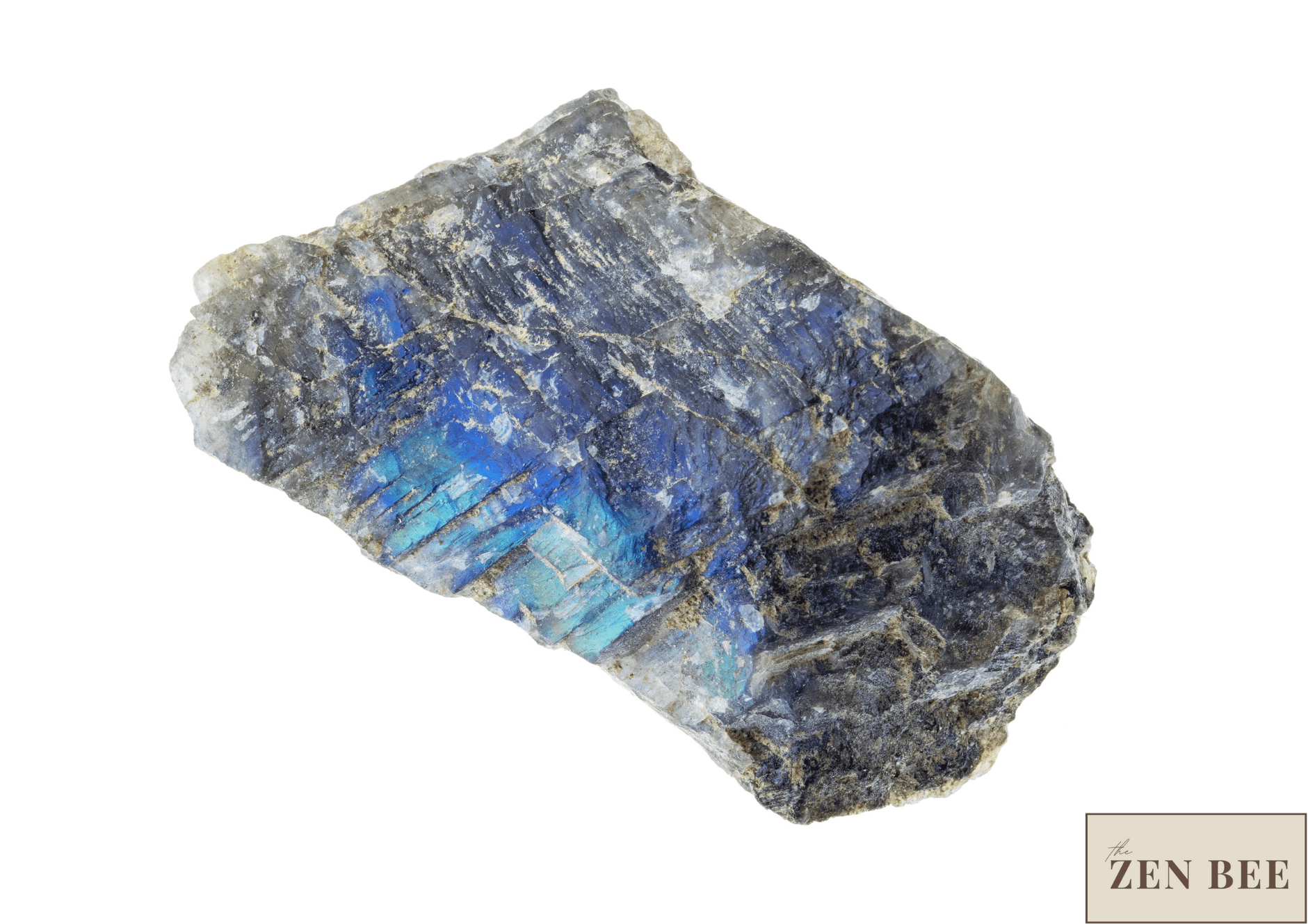
This kind of sheen may be seen in Moonstone, another Feldspar type. It is brought about by reflection on the lamellar twinning planes in Moonstone. The result is a color that floats just below the stone's surface and is blue. Adularescence is also sometimes referred to by the name Schiller.
Aventurescence

The mineral Aventurine Feldspar, which is often referred to as Sunstone, inspired the naming of Aventurescence. This particular sort of iridescence is brought about by the color play that occurs due to reflection on the highly minute and thin inclusions of goethite and hematite (or both). This results in the stone having a yellow or a reddish-brown tint and specular reflections.
Opalescence

Before the development of the electron microscope, the reasons for the play of color in opal were a mystery for a long time. This gave researchers the ability to observe the distinct structure of opal at a high magnification, which led them to the discovery that opal is composed of silica spheres of varying sizes.
Thus, its light interference was called Opalescence.
Here is the list of some iridescent rocks and minerals to look out for!
The eye-catching Iridescent Opal

Opal is the national gemstone of Australia because of its distinctive iridescence. This opal is highly sought after due to its iridescent play of colors. Nanosized silica balls comprise its structure, consisting of densely packed layers. As thin films and diffraction gratings, these layers are responsible for the opal's signature "patchwork" of structural hues, known as opalescence.
Sunstone and Moonstone

Sunstone and moonstone, two translucent feldspar minerals, are two more gemstones that can display iridescence on occasion.
Dazzling, golden sparkle in sunstone enlivens the stone's brownish-red body color. Light reflects off incorporated microparticles of hematite and goethite, producing a non-iridescent glitter known as aventurescence. The rocks take on a greenish sheen when these particles serve as diffraction gratings.
Moonstone gets its name from the gentle, moonlike glow that characterizes this gemstone. Microscopic inclusions or lamellar twinning planes scatter light, creating an effect known as adularescence that is distinct from iridescence.
Blue iridescence is sometimes produced via thin-film or diffraction-grating interference, which is caused by inclusions and planes. Rarer still is the "rainbow moonstone," a kind characterized by structural colors that range from very light cyan to green to gold.
Iridescent Quartz
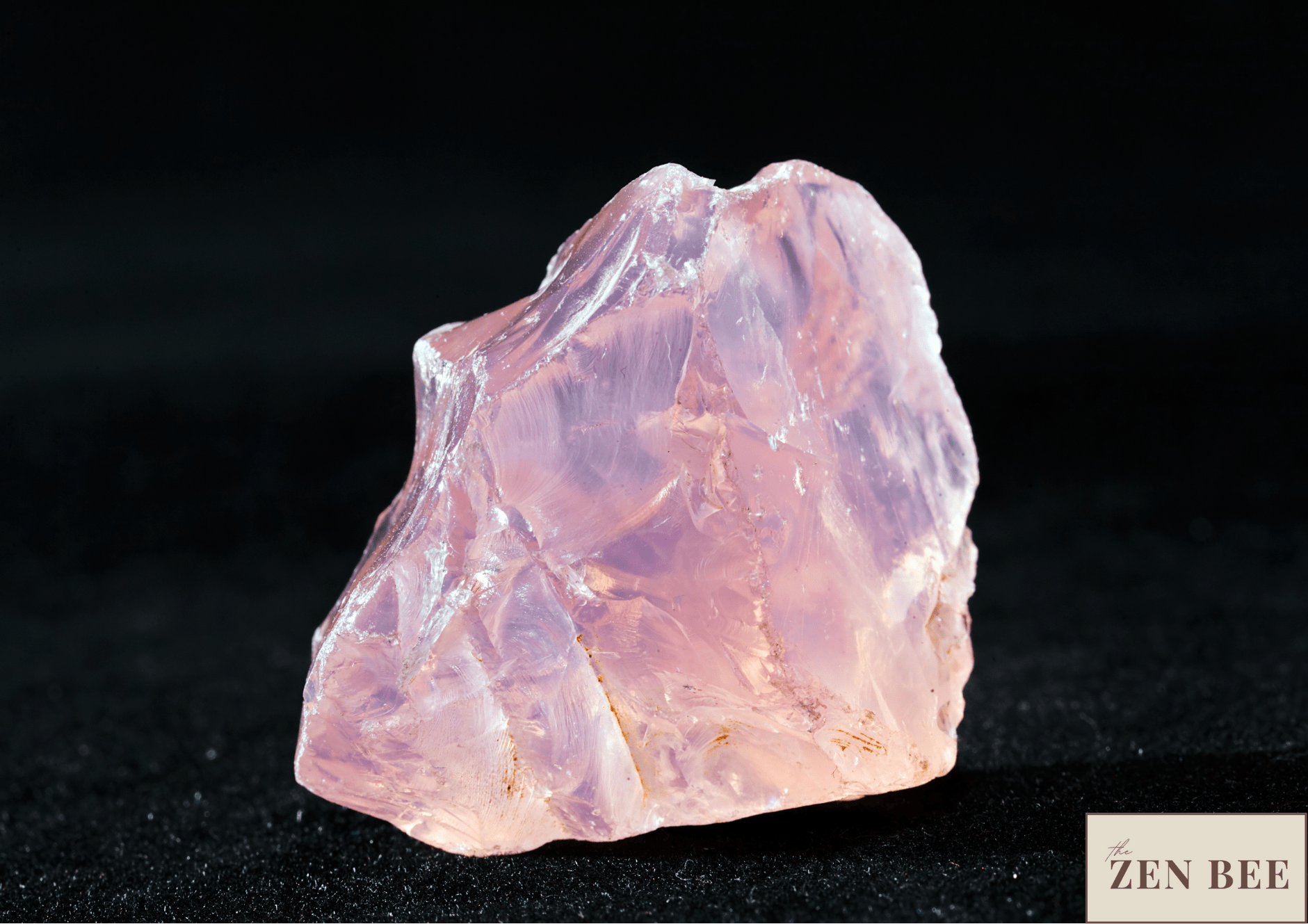
Some varieties of quartz also exhibit iridescence. Like the Deccan Traps in India, they are home to rock crystals with high luminosity, but only on specific crystal faces. The brilliant iridescence of "rainbow quartz"—exquisite specimens of which fetch hundreds of dollars each—is produced by these, which operate as diffraction gratings.
Iris Agate

The term "Iris Agate" is applied to a type of agate with extremely thin bands that, when cut correctly and lighted from a particular angle, creates a breathtaking display of color. One of the meanings of the word "iris" is "a rainbow-like display of hues," which is why this type of agate is called "iris agate."
The iridescence in iris agate is unlike any other. Iris agate is a semi-transparent stone with fine bands that, in reflected light, appear a dull gray. However, the diffraction-grating effect of microscopic growth layers causes thin slices sliced perpendicular to the banding to generate a circular rainbow of structural hues, dubbed a "iris," when backlit.
Rainbow Obsidian

There is a variety of black obsidian known as rainbow obsidian, which, when given a high polish and illuminated with powerful, bright light, shows glossy layers. The stone is composed of volcanic glass, and its layers are brought about by nanoparticles that are included in the pyroxene.
At first view, it appears to be a dark stone; however, with closer inspection, you will notice a band of beautiful rainbow colors running through the stone. Sheen Obsidian, Rainbow Sheen Obsidian, and Iris Obsidian are all names that can be used to refer to Rainbow Obsidian.
Switzerland, specifically the Lepontine Alps, is the most noteworthy place for it.
Iridescent Shells

Some seashells, like abalone shells, and some others, can also be iridescent. The nacre on the inside of these shells comprises layers of hexagonal platelets of aragonite, the orthorhombic form of calcium carbonate. These act as diffraction gratings that make the insides of the shells look softly pink and green.
The diffraction-grating effect of the aragonite layers in the fossilized shells of nautilus-like ammonites from the Bearpaw Shale formation in Alberta, Canada, gives them bright magenta and green colors.
Fossilized ammonites with an iridescent sheen are sold as "ammolite" and worn as pendants. Most pearls have smooth, white, or cream bodies that don't shimmer. But when the layers of nacre cause diffraction-grating interference, pearls can look multicolored with a soft pink-and-green iridescence called an "orient."
Iridescent rocks are nature’s wonder

So, what does this mean for the world around us? Well, first and foremost, we can all be a little less skeptical about those rocks that look like they have rainbows on them. The rainbow is natural!
These iridescent rocks are a beautiful example of the beauty of nature. They show us that there is more to the world than we can see, and they help us appreciate the many different ways in which something can be unique.
The iridescent rocks have fascinated scientists for decades and still baffles them today. The mystery of how these minerals form has never been fully solved, but there is no doubt that they are captivating!
FAQ
What is naturally iridescent?
Iridescence is a natural light show created by light waves' separation, combination, reflection, and refraction. The Greek goddess of rainbows, Iris, is the inspiration for the term.
What minerals are iridescence?
Chalcopyrite, bornite, and covellite are all types of metal sulfides, and one of their distinguishing features is their iridescence. Gem materials like opal, labradorite, and even fossilized "ammolite" rely on this property to create their alluring appearance and drive their value.
What causes rainbows in crystals?
Quartz can "reheal" from fractures if they occur during growth. However, forces can also produce internal cracks in a crystal. A "rainbow effect" appears at the break site when the broken object is held up to the sun.
What is a rainbow quartz good for?
It is believed that rainbow quartz or Aura Quartz, a high-energy Crystal, can aid in eliminating energy blockages, the purification of the Chakras, and their subsequent rebalancing.
How do you know if rainbow hematite is real?
If it's weighty, looks metallic, and has a dark black or gray tint, then it's probably genuine hematite. Hematite can also be found in a rusty red hue in certain other forms.
What is rainbow hematite stone good for?
When it comes to the body, rainbow hematite is a powerful ally. Rainbow Hematite may be the gem that restores you to a state of healthy harmony if you've been struggling with blood disorders, digestive troubles, parasympathetic problems, or sleep.
____________________
Thank you for treading along the rainbow lane of rocks and minerals! We hope we have helped provide you with answers about Iridescent Rocks. If you want to know more about other kinds of gemstones, crystals, or rocks, then this page is definitely for you! Just explore our website, and you'll indeed find that pot of information. We would also be delighted to hear from you, so just hit us up here at The Zen Bee!




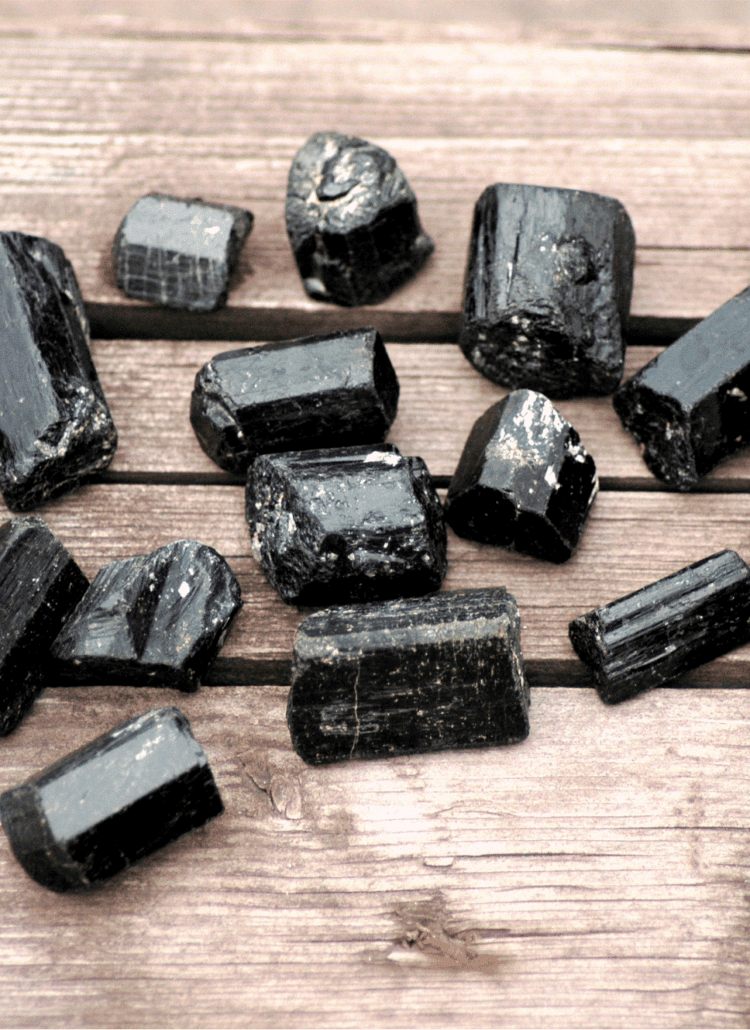
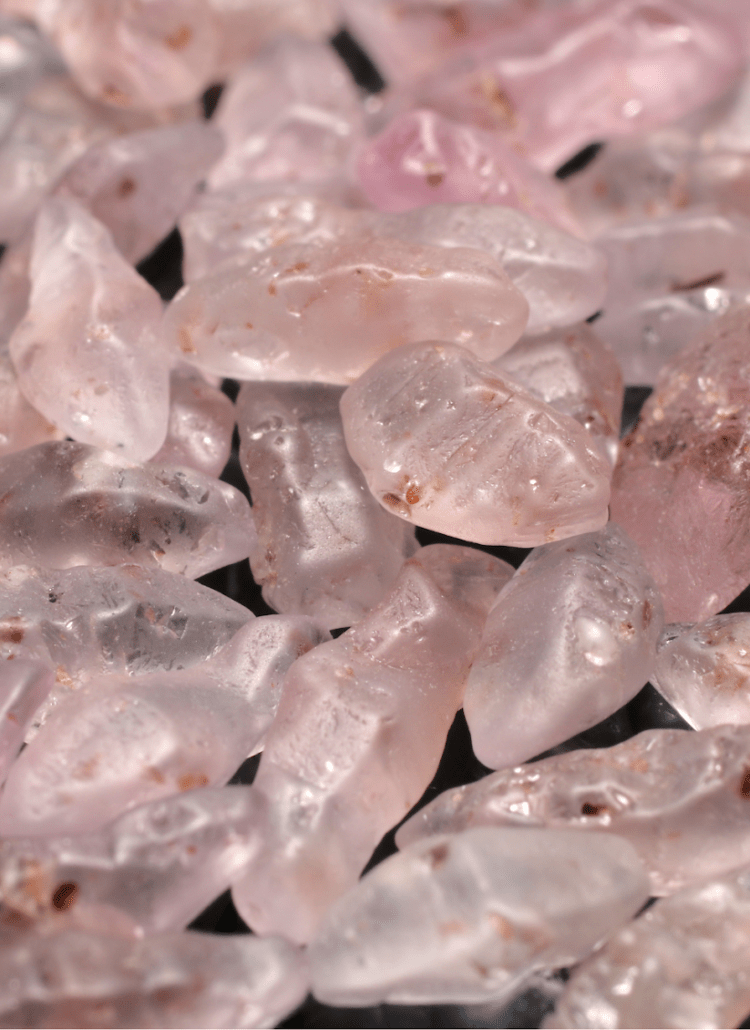


Leave a Reply